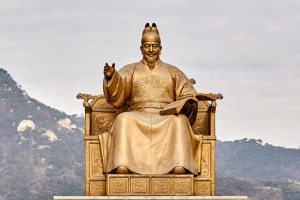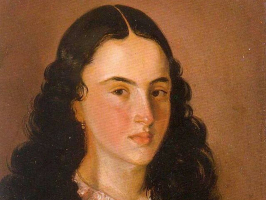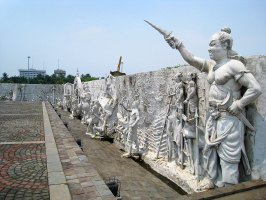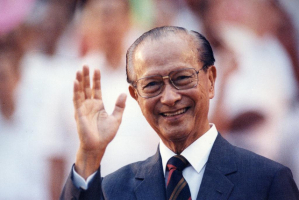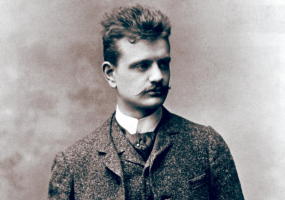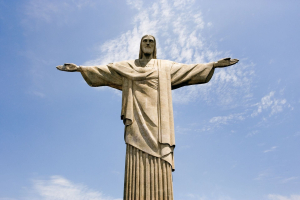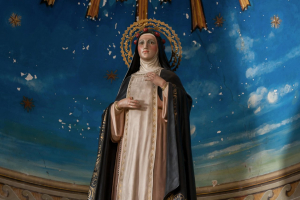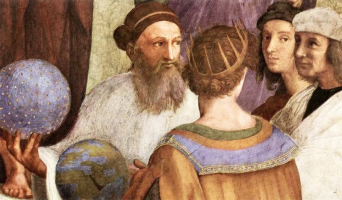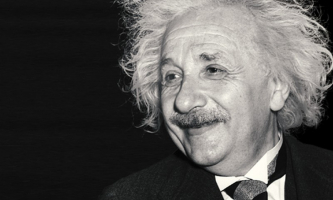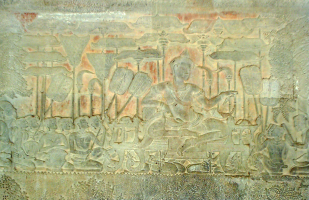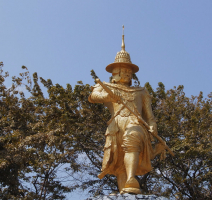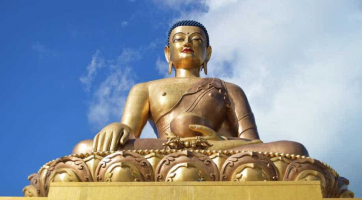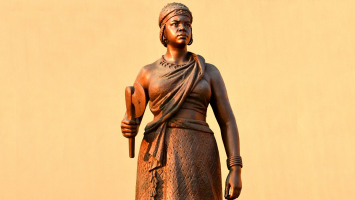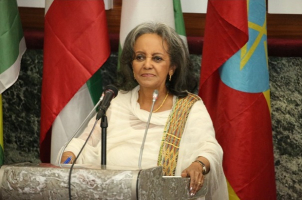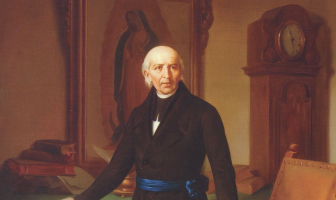Top 5 Most Important Historical Figures In Uzbekistan
Uzbekistan is a one-of-a-kind country with a history that dates back over a thousand years. Everyone knows that people who genuinely love their country and ... read more...culture make history. For many centuries, great heroes, commanders, scientists, philosophers, and poets have appeared on this land, writing the region's history and glorifying it to the rest of the world. We have compiled the most important historical figures in Uzbekistan in the list below.
-
Ibn Sina (980 - June 1037 CE), known in the West as Avicenna, was a Persian polymath who is regarded as one of the most significant physicians, astronomers, philosophers, and writers of the Islamic Golden Age, and the father of early modern medicine. Around 240 of the 450 works he is thought to have written have survived, including 150 on philosophy and 40 on medicine. He is regarded as one of the most important historical figures in Uzbekistan.
His most famous works are The Book of Healing, a philosophical and scientific encyclopedia, and The Canon of Medicine, a medical encyclopedia that became a standard medical text at many medieval universities and was still in use as late as 1650.
In modern-day Iran, Afghanistan, and Tajikistan, he is revered as a national hero and is widely regarded as one of the greatest Persians. Outside the Bukhara Museum, a monument was erected. The Avicenna Mausoleum and Museum in Hamadan was built in 1952. Bu-Ali Sina University in Hamadan (Iran), the biotechnology Avicenna Research Institute in Tehran (Iran), the ibn Sn Tajik State Medical University in Dushanbe, the Ibn Sina Academy of Medieval Medicine and Sciences at Aligarh, India, the Avicenna School in Karachi and the Avicenna Medical College in Lahore, Pakistan, the Ibn Sina Balkh Medical School in his native are all named in his honour. His portrait hangs in the Avicenna Faculty of Medicine Hall at the University of Paris. Avicenna is both a crater on the Moon and a genus of mangroves.
The Avicenna Prize, established in 2003, is awarded every two years by UNESCO and recognizes individuals and groups for their achievements in the field of science ethics. The award's goal is to promote ethical reflection on issues raised by advances in science and technology, as well as to raise global awareness of the importance of science ethics
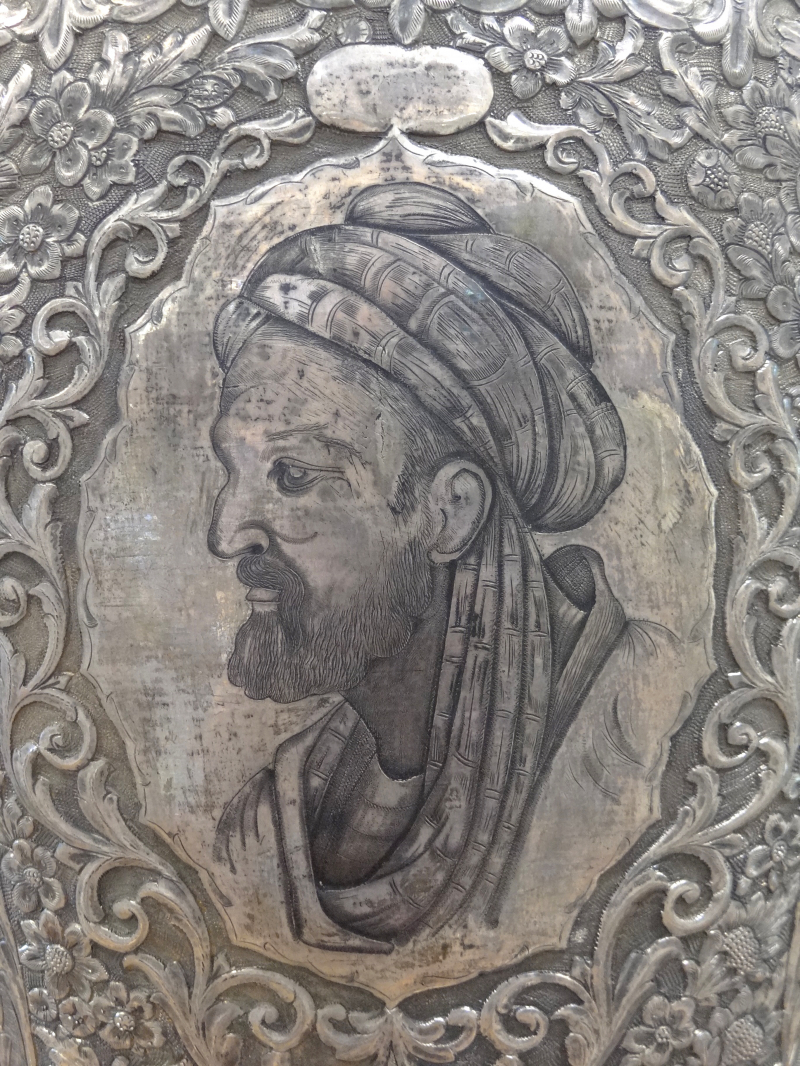
vi.wikipedia.org 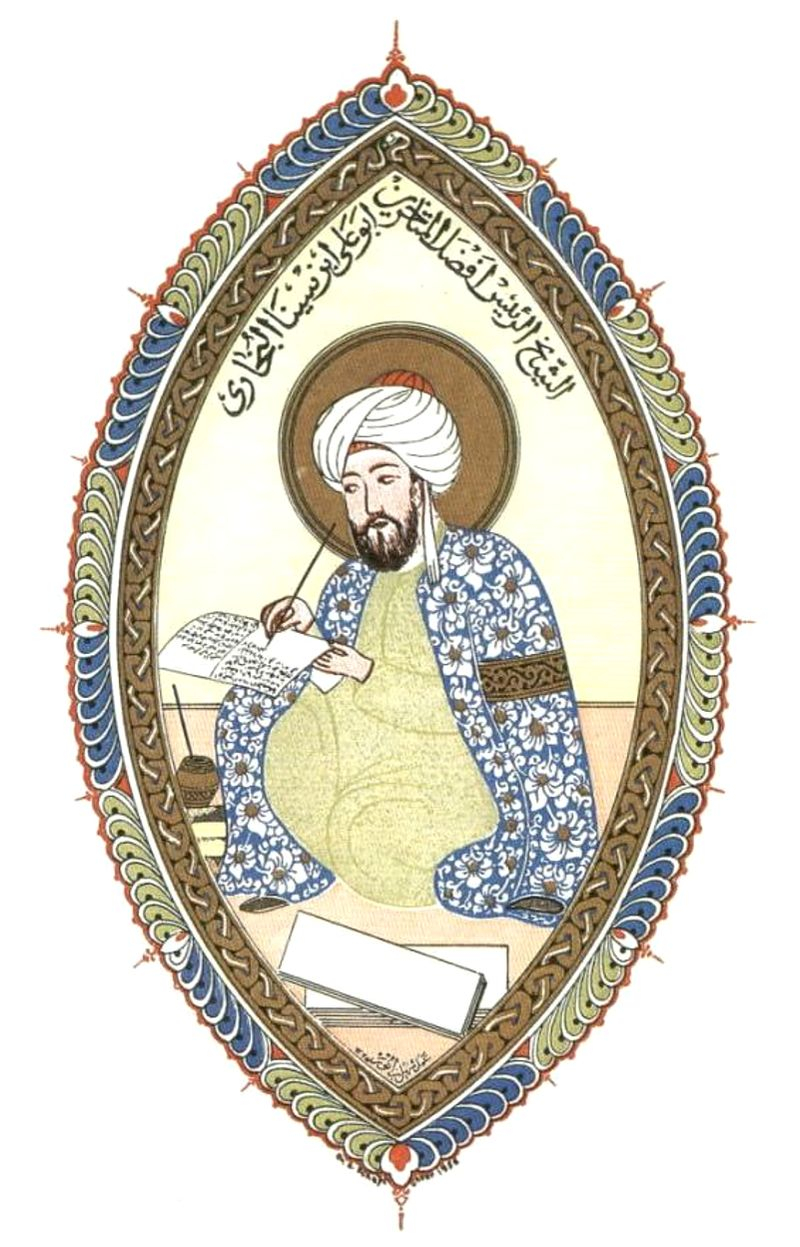
commons.wikimedia.org -
Abu Rayhan Muhammad ibn Ahmad al-Biruni (973 - after 1050) was a Khwarazmian Iranian polymath and scholar during the Islamic Golden Age. He was born in Kath's outer district (Bīrūn), the capital of the Afrighid dynasty of Khwarezm (Chorasmia) in Central Asia, which is now part of the autonomous republic of Karakalpakstan in Uzbekistan's northwest. Amon gthe most important historical figures in Uzbekistan, he has been variously referred to as the "Father of Comparative Religion," the "Father of Modern Geodesy," and the "Father of Indology."
Al-Biruni was well-versed in physics, mathematics, astronomy, and natural sciences, and he also distinguished himself as a historian, chronologist, and linguist. He studied almost all of the sciences of his day and was rewarded abundantly for his tireless research in many fields of knowledge. Al-Biruni was a gifted linguist who spoke Khwarezmian, Persian, Arabic, and Sanskrit, as well as Greek, Hebrew, and Syriac. He spent much of his life in Ghazni, the Ghaznavids' capital in modern-day central-eastern Afghanistan. After exploring the Hindu faith practiced in India, he traveled to the Indian subcontinent in 1017 and wrote a treatise on Indian culture entitled Tārīkh al-Hind (History of India). He was, for his time, an admirably impartial writer on the customs and creeds of various nations, his scholarly objectivity earning him the title al-Ustadh ("The Master'') in recognition of his remarkable description of early 11th-century India.
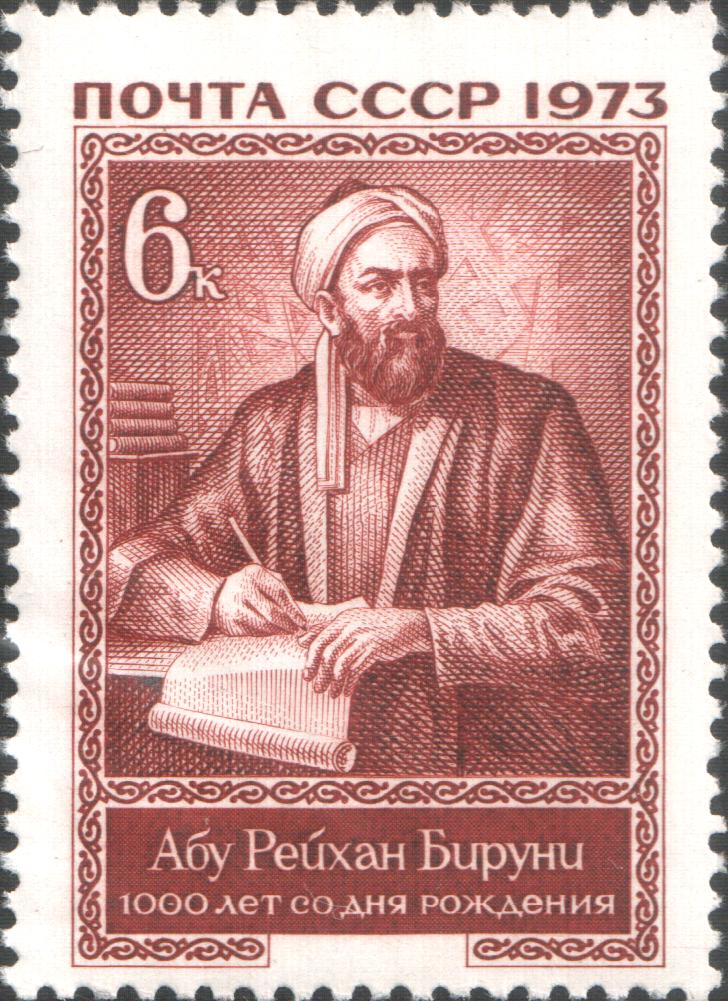
en.wikipedia.org 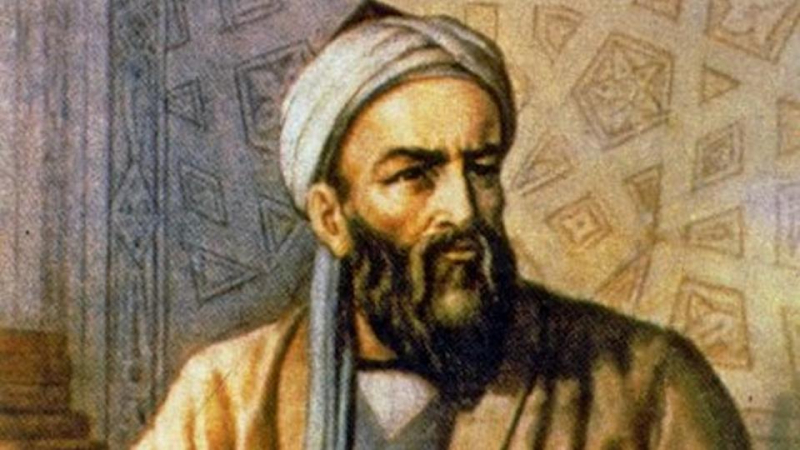
trtworld.com -
Muhammad ibn Isma'il al-Bukhari (21 July 810-1 September 870), also known as Imām al-Bukhāri or Imām Bukhāri, was a 9th-century Persian Muslim muhaddith. Al-Bukhari is widely regarded as one of the most important hadith scholars in Islamic history, and his works include the hadith collection Sahih al-Bukhari, Al-Tarikh al-Kabir, and Al-Adab al-Mufrad. He is among the most important historical figures in Uzbekistan.
Al-Bukhari, who was born in Bukhara, Uzbekistan, began learning hadith at a young age. He traveled throughout the Abbasid Caliphate, learning from several influential contemporary scholars. Bukhari compiled the Sahih al-Bukhari in 846 after memorizing thousands of hadith narrations. He spent the rest of his life passing down the hadith he had gathered. Bukhari was exiled from Nishapur near the end of his life after being falsely accused of claiming that the Quran was created. He later relocated to Khartank, near Samarkand.
The most important hadith collection in Sunni Islam is Sahih al-Bukhari. Sahih al-Bukhari and Sahih Muslim, the hadith collection of Al-student Bukhari's Muslim ibn al-Hajjaj, are known collectively as the 'Sahihayn' and are regarded as the most authentic books after the Quran by Sunnis. It is included in the Kutub al-Sittah, one of the six most revered collections of hadith in Sunni Islam.
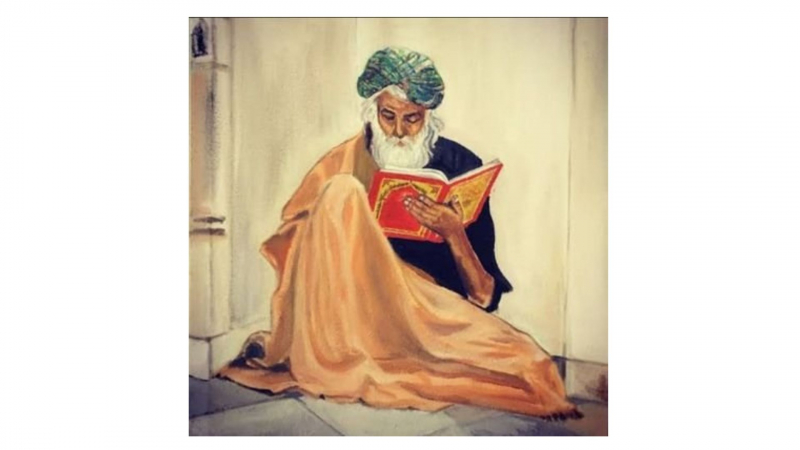
mobile.twitter.com 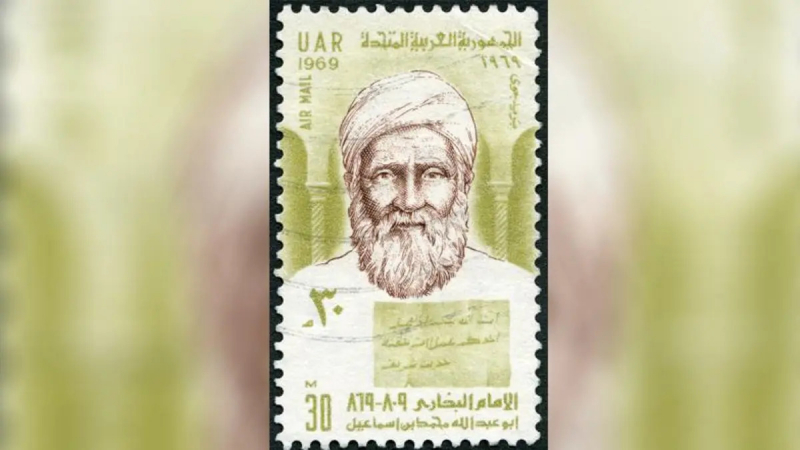
english.alarabiya.net -
Timur (9 April 1336 - 17-19 February 1405), later Timūr Gurkānī, was a Turco-Mongol conqueror who founded the Timurid Empire in and around modern-day Afghanistan, Iran, and Central Asia, becoming the Timurid dynasty's first ruler. He is widely regarded as one of history's greatest military leaders and tacticians, as well as one of the most brutal. Among the most important historical figures in Uzbekistan, Timur is also regarded as a great patron of art and architecture, as he interacted with intellectuals such as Ibn Khaldun, Hafez, and Hafiz-i Abru, and his reign introduced the Timurid Renaissance.
Timur, who was born on April 9, 1336, into the Barlas confederation in Transoxiana (modern-day Uzbekistan), gained control of the western Chagatai Khanate by 1370. From there, he led military campaigns across Western, South, and Central Asia, the Caucasus, and Southern Russia, defeating the Khans of the Golden Horde, the Mamluks of Egypt and Syria, the emerging Ottoman Empire, and the late Delhi Sultanate of India, and emerging as the most powerful ruler in the Islamic World.
Timur was the last of the great nomadic conquerors of the Eurasian Steppe, and his empire laid the groundwork for the rise of the more structured and long-lasting Islamic gunpowder empires in the 16th and 17th centuries. Timur was of Turkic and Mongol descent, and, while not a direct descendant on either side, he shared a common ancestor with Genghis Khan on his father's side.
According to Beatrice Forbes Manz, "in his formal correspondence Temur continued throughout his life to portray himself as the restorer of Chinggisid rights. He justified his Iranian, Mamluk, and Ottoman campaigns as the re-imposition of legitimate Mongol control over lands taken by usurpers." Timur used Islamic symbols and language to legitimize his conquests, referring to himself as the "Sword of Islam." He supported educational and religious institutions. During his lifetime, he converted nearly all of the Borjigin leaders to Islam. Timur declared himself a ghazi after decisively defeating the Christian Knights Hospitaller at the Siege of Smyrna. By the end of his reign, Timur had gained complete control over the remnants of the Chagatai Khanate, the Ilkhanate, and the Golden Horde, and even attempted to restore the Yuan dynasty in China.
Timur's armies were multi-ethnic and feared throughout Asia, Africa, and Europe, large parts of which he laid waste. Scholars estimate that his military campaigns killed 17 million people, amounting to about 5% of the world population at the time.
Timur was the grandfather of Ulugh Beg, the Timurid sultan and astronomer who ruled Central Asia from 1411 to 1449, and the great-great-great-grandfather of Babur (1483-1530), the founder of the Mughal Empire, which ruled almost the entire Indian subcontinent at the time.
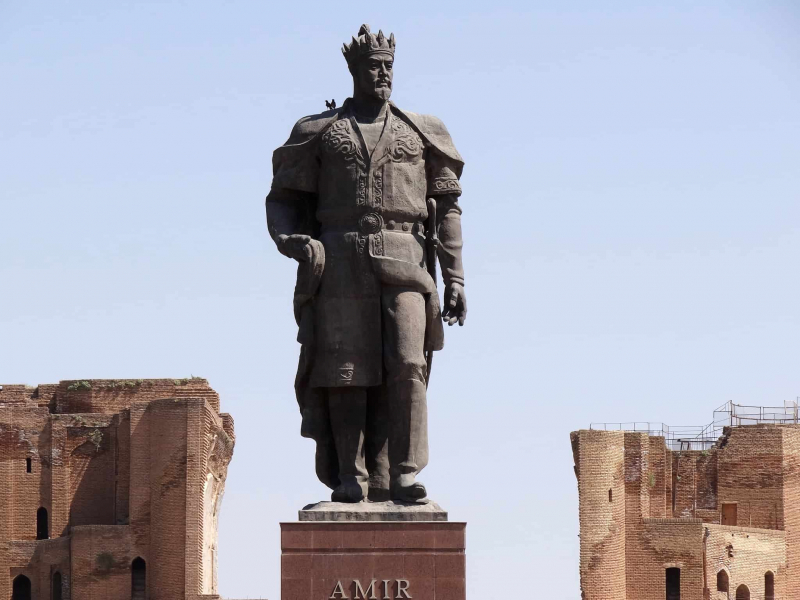
historycollection.com 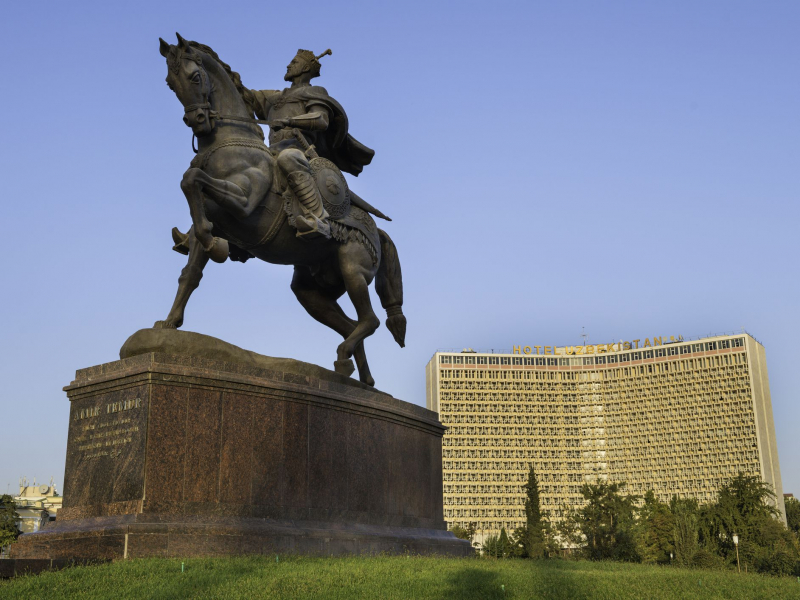
thoughtco.com -
Mīrzā Muhammad Tāraghay bin Shāhrukh, better known as Ulugh Beg (22 March 1394 - 27 October 1449), was a Timurid sultan as well as an astronomer and mathematician. He is among the most important historical figures in Uzbekistan.
Ulugh Beg was notable for his work in astronomy-related mathematics, such as trigonometry and spherical geometry, as well as his general interests in the arts and intellectual activities. It is thought that he spoke five languages: Arabic, Persian, Turkic, Mongolian, and a small amount of Chinese. It is thought that he spoke five languages: Arabic, Persian, Turkic, Mongolian, and a small amount of Chinese. Ulugh Beg's father, Shah Rukh, captured Samarkand and gave it to him.
Between 1424 and 1429, he constructed the massive Ulugh Beg Observatory in Samarkand. Scholars considered it to be one of the finest observatories in the Islamic world at the time, as well as the largest in Central Asia. Ulugh Beg was subsequently recognized as the most important observational astronomer from the 15th century by many scholars.
Ulugh Beg's scientific expertise, however, was not matched by his leadership abilities. He failed to establish his power and authority during his brief reign. As a result, other rulers, including his family, exploited his lack of control, and he was eventually deposed and assassinated.
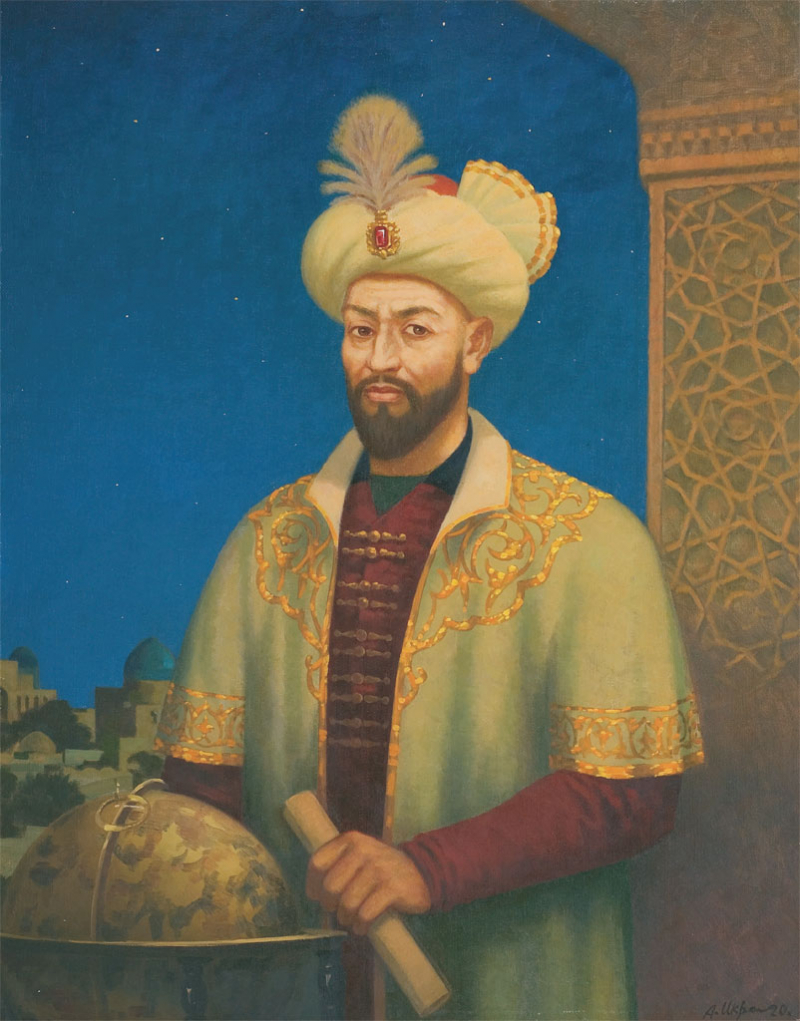
webspace.science.uu.nl 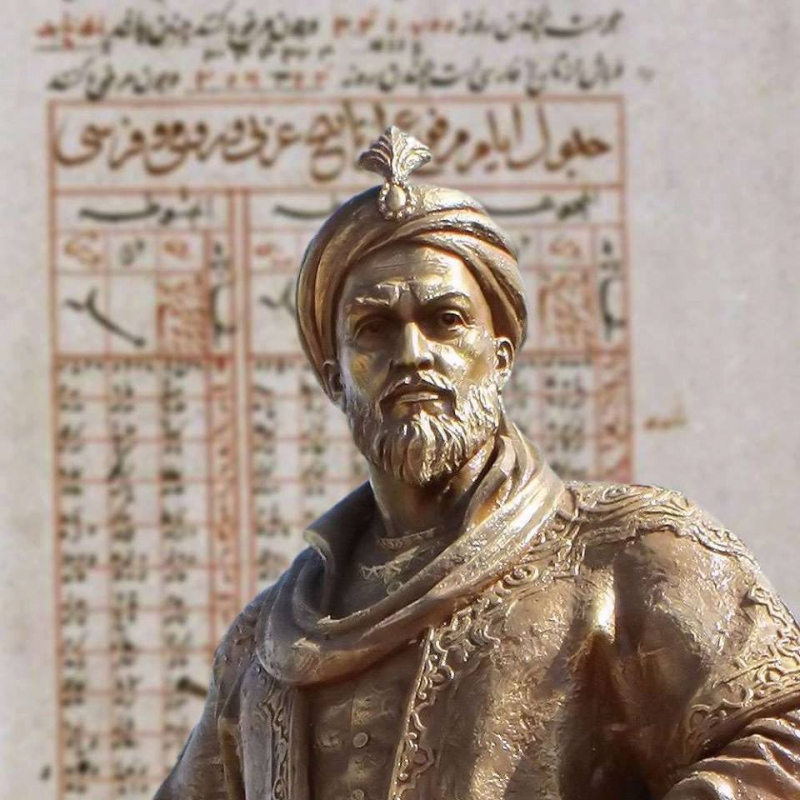
twitter.com









